When I first hopped off the train in a tiny Burgundy village, I realized my whole idea of France came from glossy postcards of the Eiffel Tower. The real France isn’t hiding in the bustle of Paris. It’s scattered across quiet provincial towns, dramatic alpine peaks, and coastlines that glow from the Atlantic to the Mediterranean.
France’s true soul breathes in its patchwork of regions. Every village whispers its own story through old stone walls, quirky traditions, and flavors you just can’t find anywhere else. I wandered from cobbled lanes in sleepy towns to hillsides blanketed in vineyards, where families have crafted wine for generations.
France is a land of contrasts, honestly. You might spot ancient castles towering over sleek vineyards. Fishing villages rub shoulders with flashy resorts. Mountain peaks stand guard above peaceful valleys.
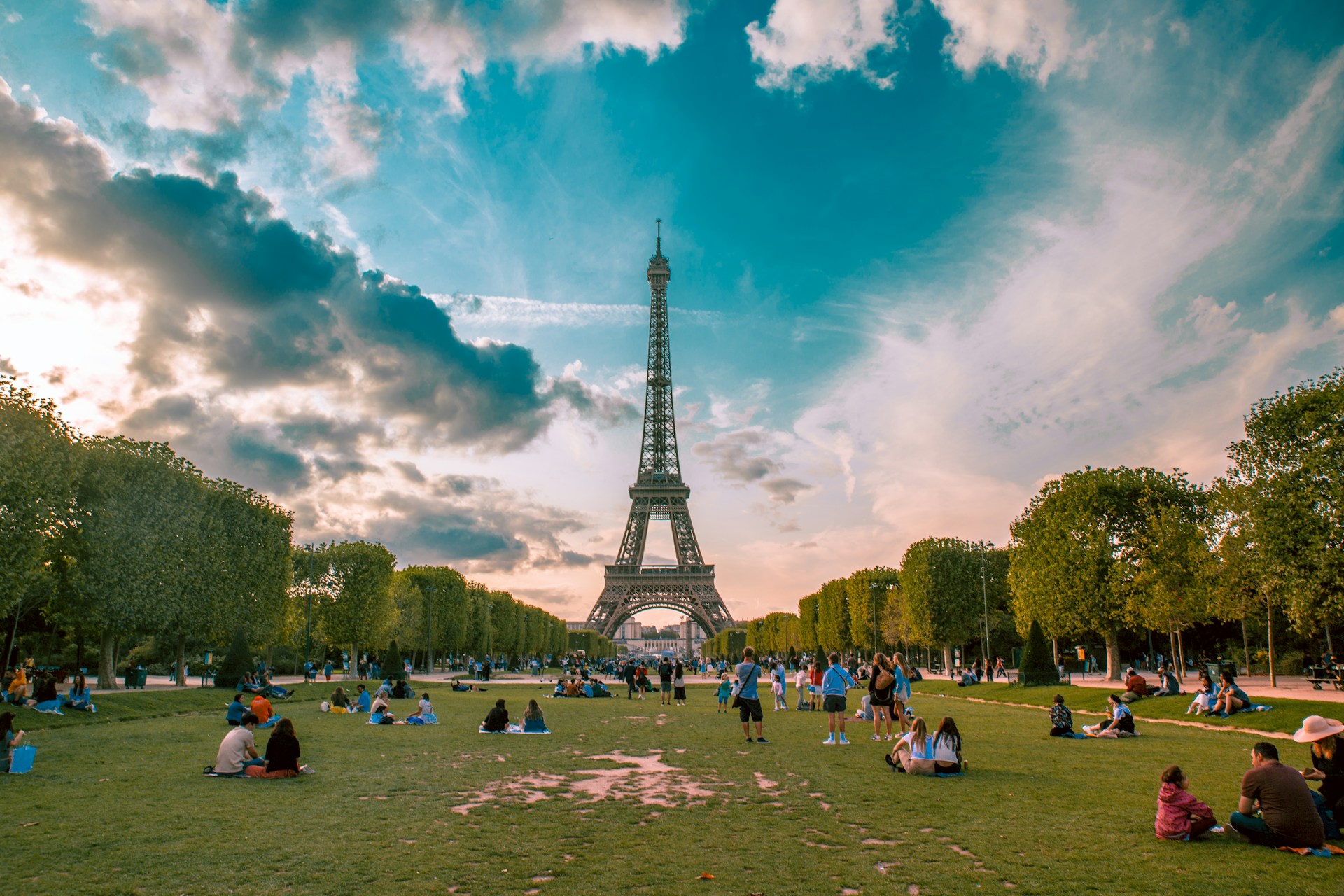
Escaping Paris: The Allure of France Beyond the Capital
Leaving Paris really changed the way I saw France. Authentic culture thrives in places untouched by crowds. The contrast between city polish and rural warmth hit me right away.
First Impressions Leaving Paris
The second I left the train in my first provincial town, life slowed down. The rush and noise of Paris faded fast.
Suddenly, I stood in old squares where locals sipped coffee outdoors, chatting quietly. The air felt fresher, sometimes rich with the smell of baking bread.
What immediately stood out:
- Shopkeepers actually stopped to talk
- Wide streets let me stroll without bumping elbows
- Buildings wore their history in every stone—no shiny glass towers blocking the view
The architecture spoke volumes. Medieval churches leaned beside Roman ruins. Farmers rumbled past on tractors, using roads that probably saw horse carts centuries ago.
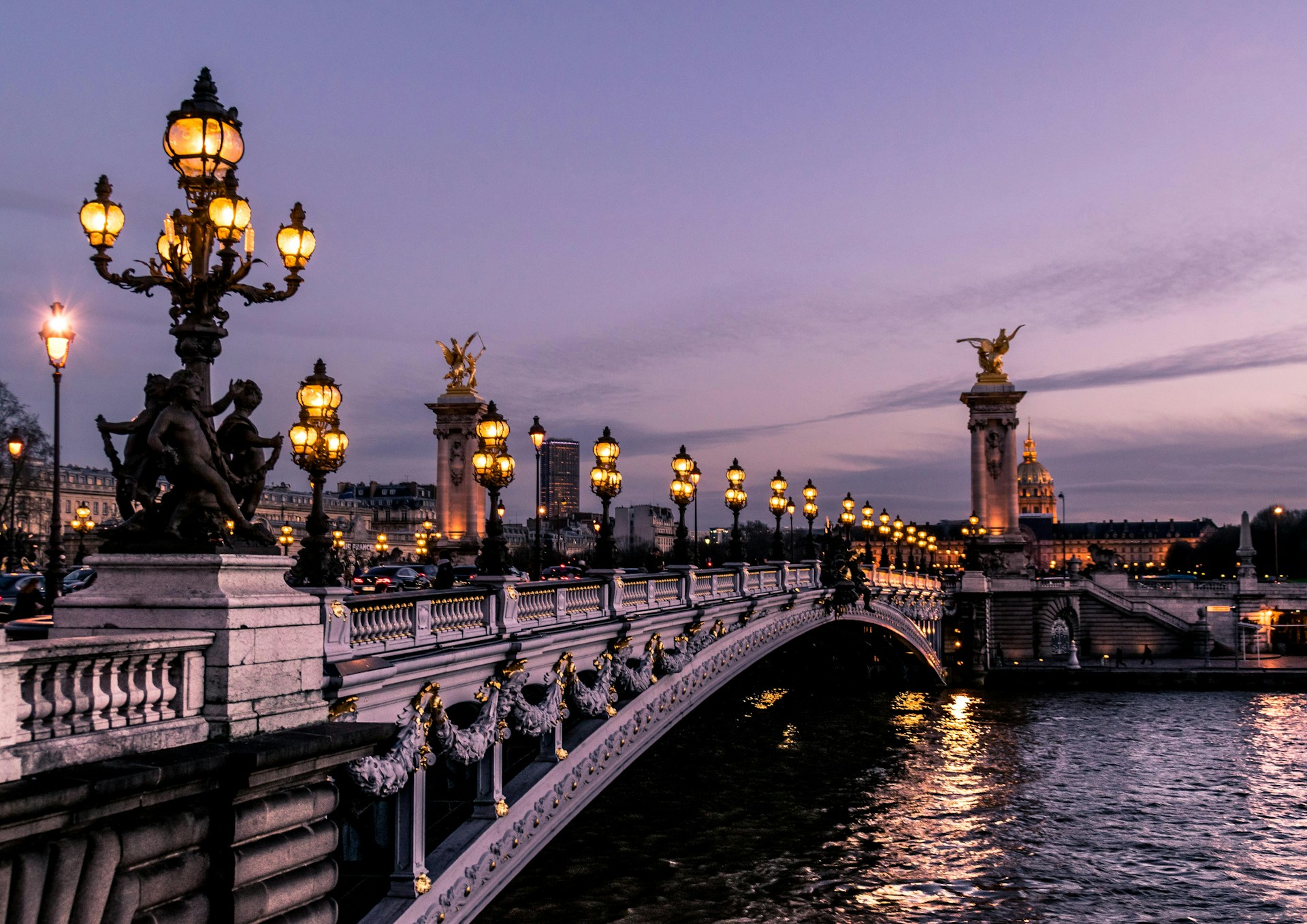
What Motivated My French Adventure
I’d had enough of battling crowds at every Paris landmark. The Eiffel Tower? Gorgeous, but the lines and the photo ops with strangers—no thanks.
I wanted the France locals know. I craved Sunday lunches in family-run bistros, not overpriced restaurants with English menus.
Why I left Paris behind:
- Authenticity: I wanted to see how French people really live
- Better value: My money stretched further outside the capital
- Space: Natural landscapes and peace, not just another busy street
Variety called to me too. Paris is stunning, but after a while, every arrondissement started to blur. I needed mountains, vineyards, and a salty breeze off the coast.
Turns out, I’m not the only one. Plenty of travelers are searching for a deeper connection to French culture—something you just can’t get from a selfie at the Louvre.
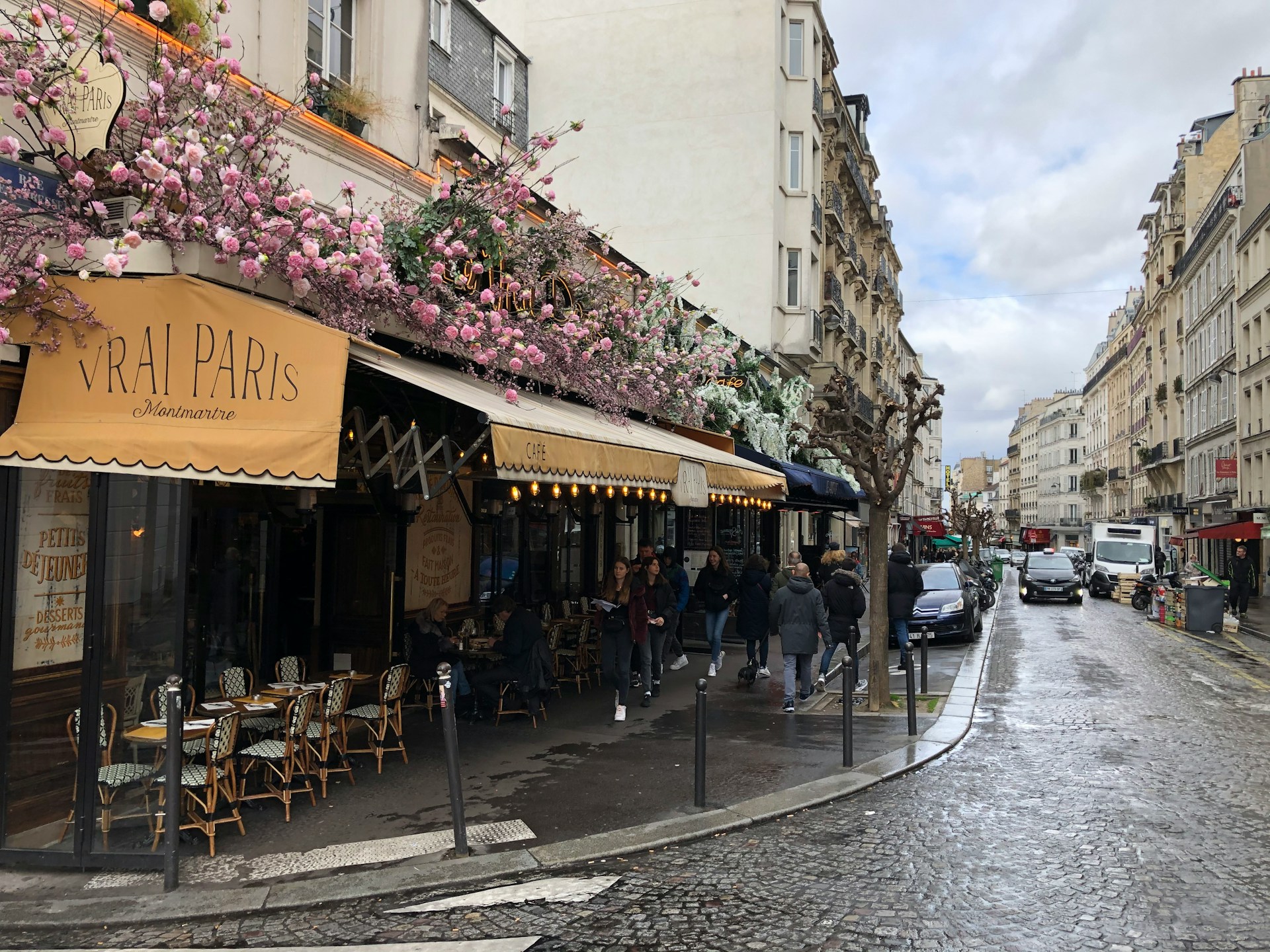
Contrasts Between City and Countryside
The differences between Paris and the countryside knocked me sideways. In Paris, my shoebox apartment cost more than a whole house rental in Provence.
Paris vs. Countryside:
| Paris | Countryside |
|---|---|
| Metro everywhere | Walk or drive a few minutes |
| Chain cafes | Family-run shops |
| Quick, impersonal chats | Real relationships |
| Schedules packed tight | Long, relaxed meals |
Food culture felt totally different. Outside Paris, lunch stretched for hours. People lingered, talking to the chef or other diners.
Markets became a social event. Vendors knew everyone and offered tips on the best produce. That kind of connection? Never found it in a Paris supermarket.
Nature started every day with a view. Instead of concrete, I opened my window to vineyards or mountains. Evening strolls led me through woods or along rivers, not just another crowded boulevard.
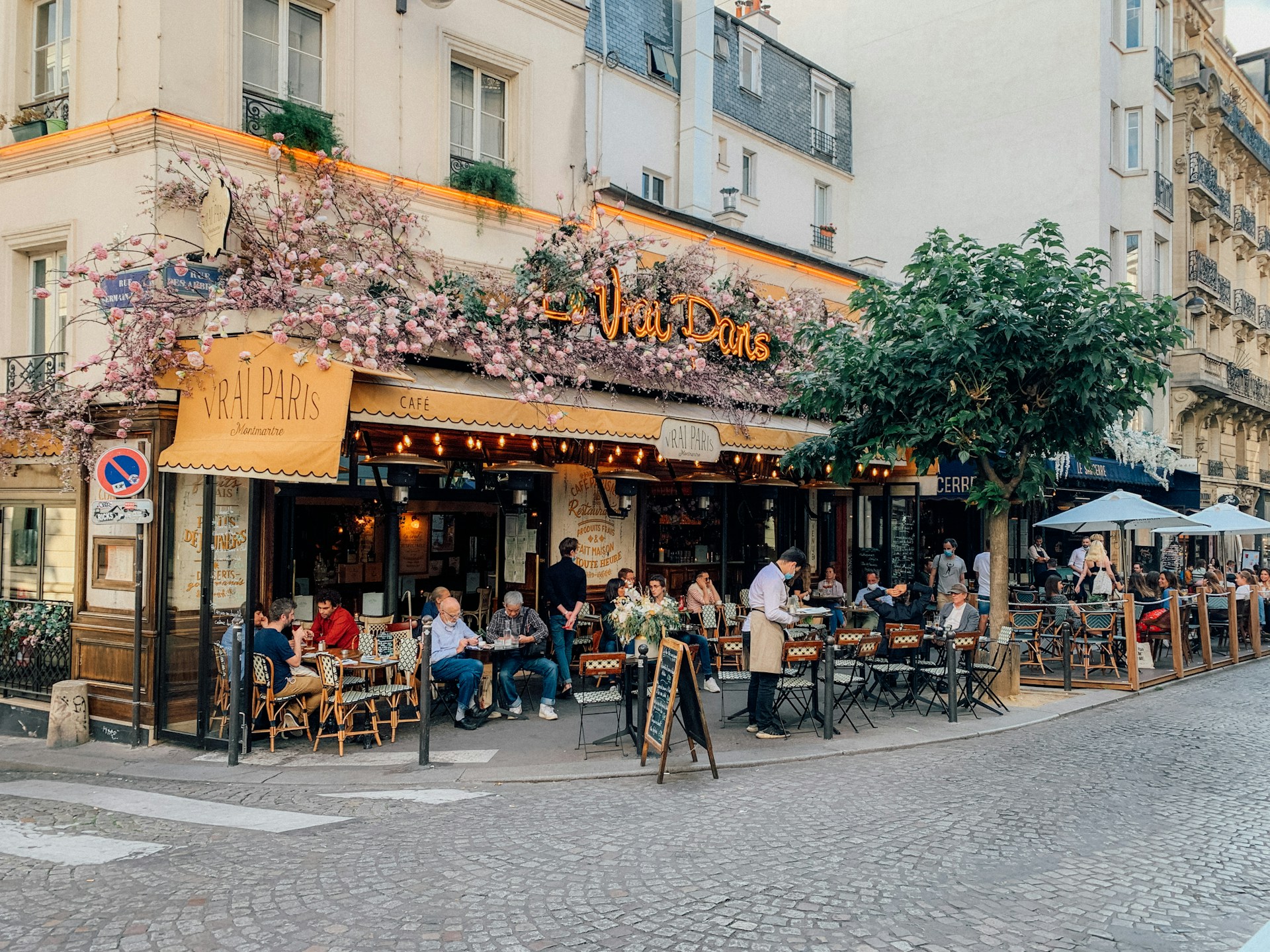
Charming Provincial Villages and Historic Towns
France’s villages are like living museums—centuries-old buildings, traditions still alive, and a pace that invites you to slow down. From Monet’s dreamy gardens in Giverny to the storybook houses of Alsace, these spots feel like the real deal.
Giverny and the Gardens of Monet
Giverny surprised me. This little Normandy village became Monet’s home for over forty years.
Claude Monet’s House and Gardens draw people from all over. The pink house with green shutters still holds his furniture and Japanese prints. The garden? It’s a riot of color, just like his paintings.
The water garden, with its famous Japanese bridge, looks straight out of a masterpiece. Visitors pause, trying to see the light as Monet did. The pond mirrors the sky and flowers in a way that almost feels unreal.
Getting there: Hop on a train from Paris Gare Saint-Lazare to Vernon-Giverny (about 45 minutes). A quick shuttle gets you to the village.
The Musée des Impressionnismes rotates Impressionist exhibits. I found it deepened my appreciation for how this rural place sparked a whole art movement.
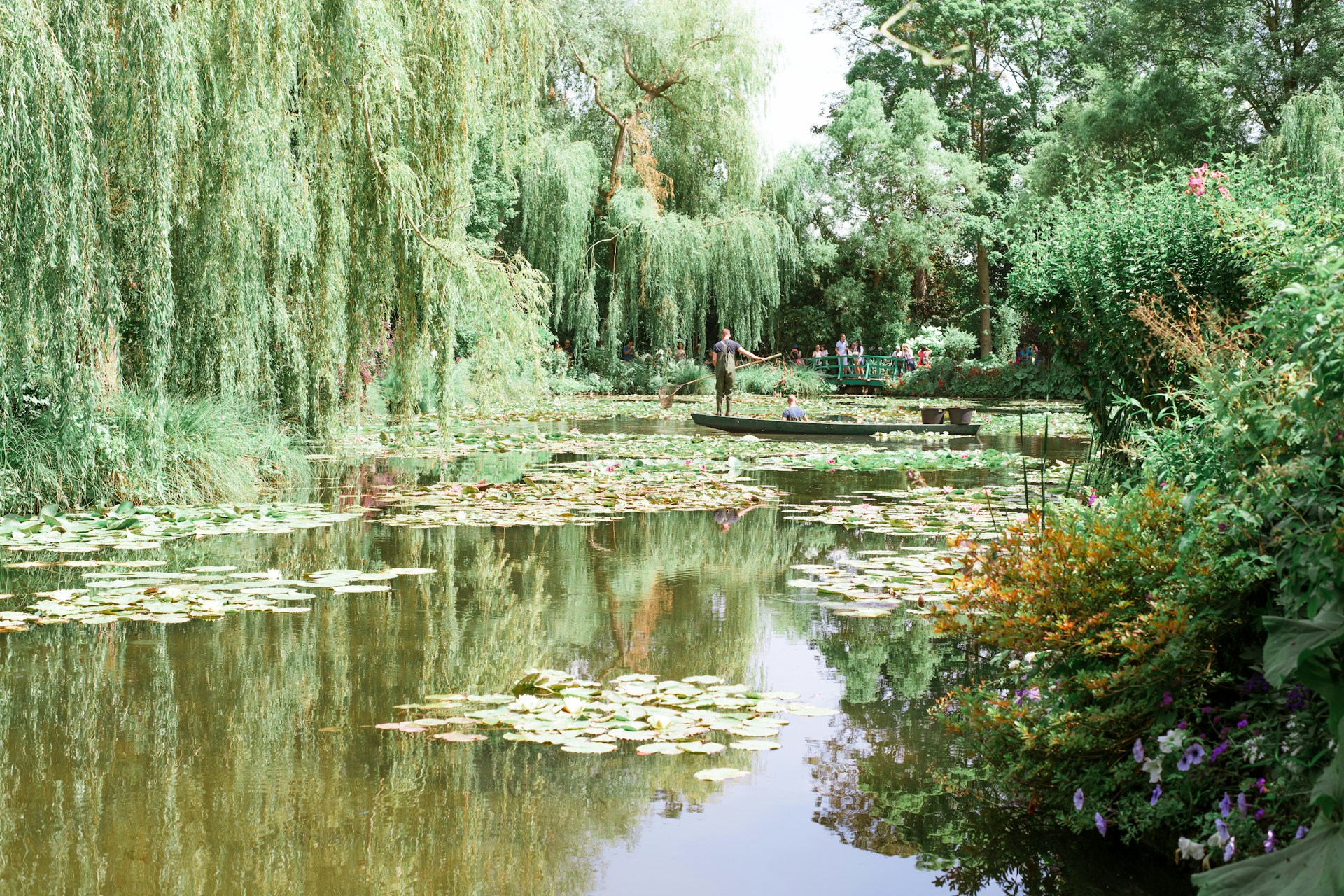
Alsace’s Half-Timbered Houses and Culture
Alsace caught me off guard with its blend of German and French vibes. The half-timbered houses look like they belong in a fairy tale.
Wooden beams crisscross in patterns, with bright paint or white plaster filling the gaps. Every town puts its own twist on the style.
Riquewihr stands out—ramparts still guard streets lined with 16th-century homes. Wine shops now fill spaces where merchants once traded.
The local culture mixes French and German traditions. I heard the Alsatian dialect and tasted choucroute and tarte flambée. Around Christmas, these towns turn into magical markets.
Wine Route gems:
- Ribeauvillé: Three castles gaze over vineyards
- Kaysersberg: A fortified bridge crosses the Weiss River
- Eguisheim: A circular village wrapped around its castle
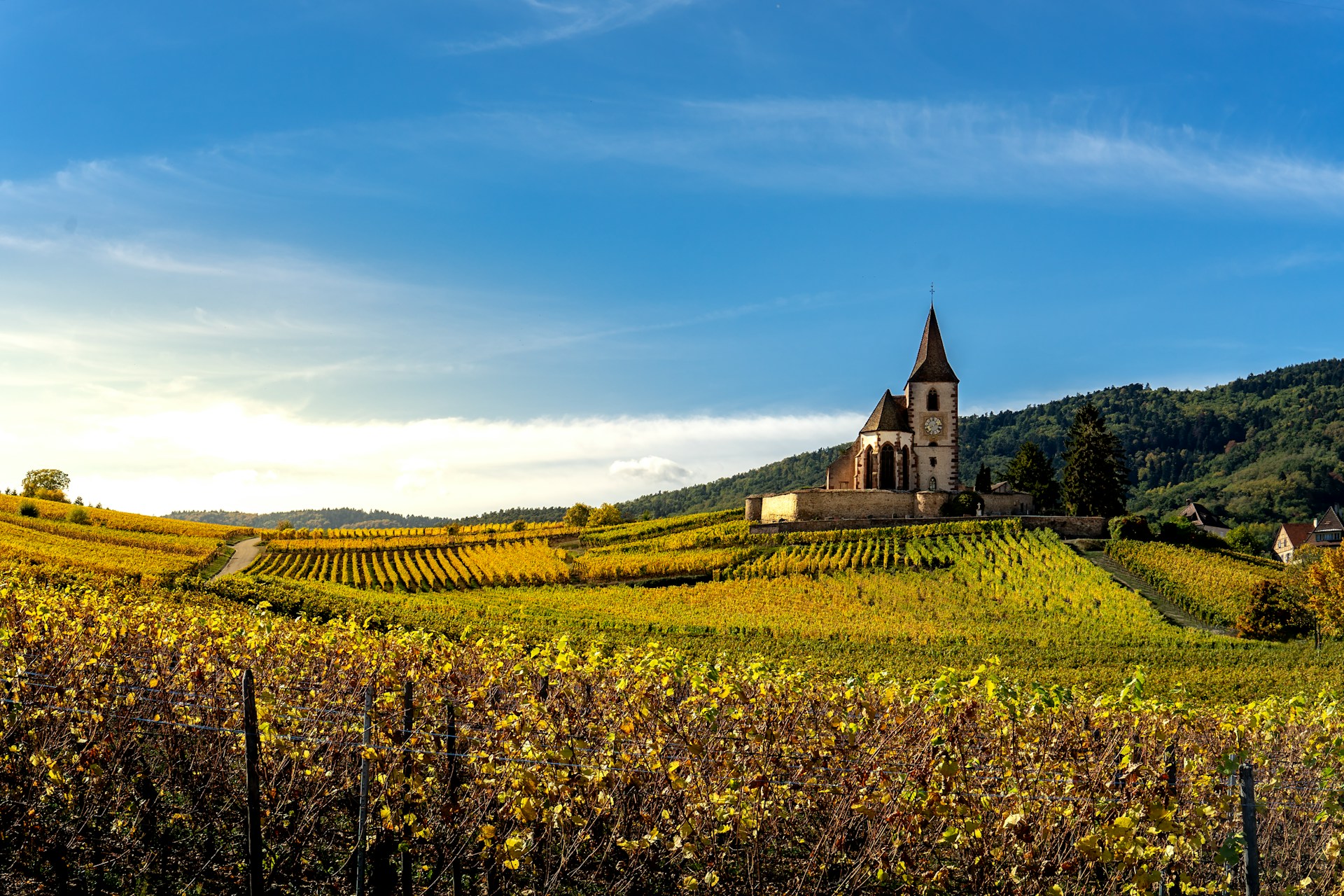
Colmar: An Alsatian Town for the Senses
Colmar charmed me right away. The town blends vibrant houses, museums, and mouthwatering food.
Little Venice (Petite Venise) is a maze of canals lined with pastel homes. I took a boat ride to see the old buildings from the water—those reflections are something else.
The Unterlinden Museum houses the Isenheim Altarpiece, a Gothic wonder that draws art lovers worldwide. Even the museum’s building is a work of art.
Pfister House shows off Renaissance style with its carved galleries and painted details. It anchors the old city.
Restaurants here serve hearty Alsatian dishes. I tried baeckeoffe (a slow-cooked casserole) with local Riesling. The flavors stay with you.
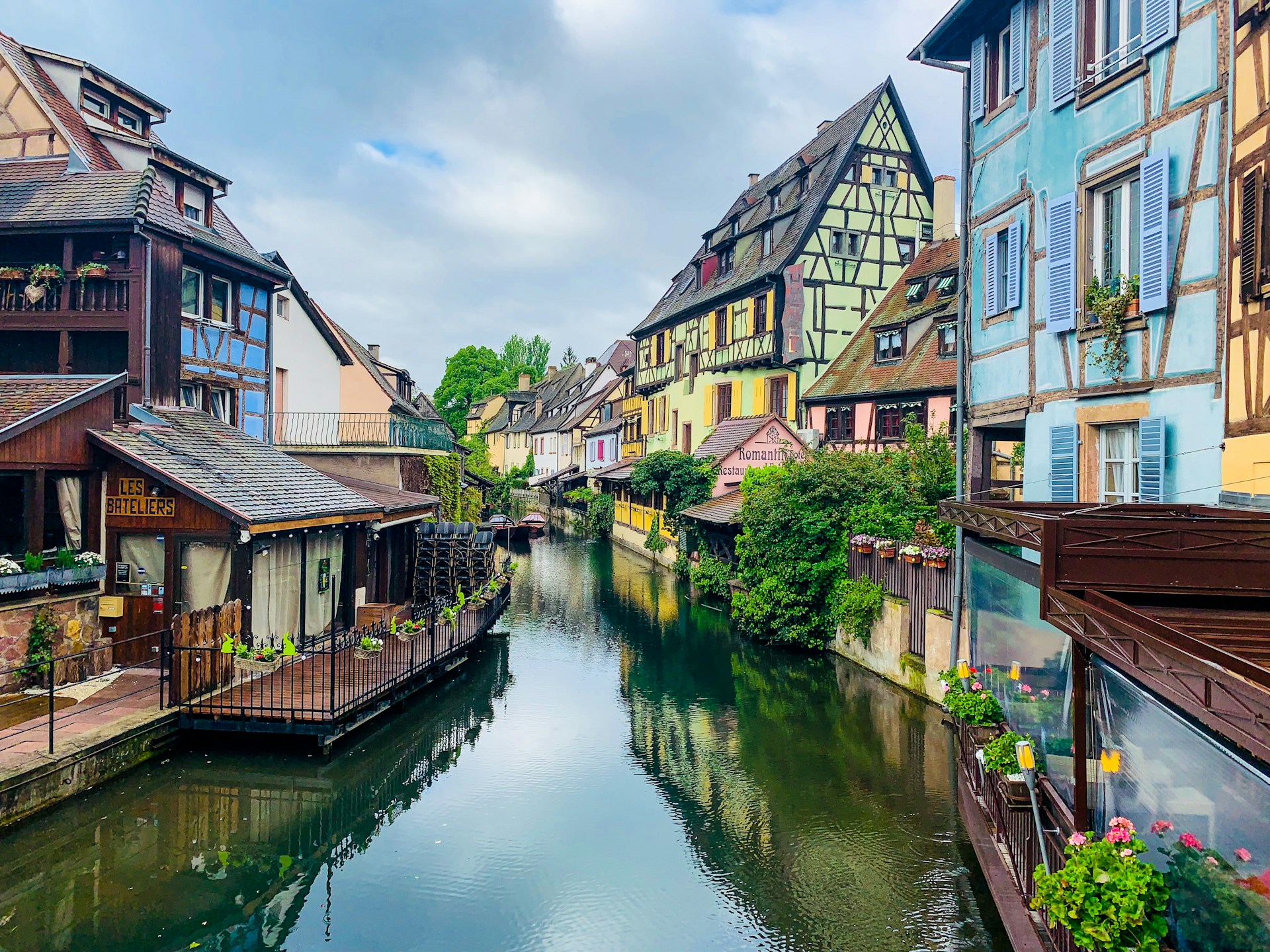
Normandy’s Coastal and Rural Treasures
Normandy is a mix of wild coast and gentle countryside. I wandered through both fishing ports and farm villages that hold onto Norman traditions.
Honfleur feels like a painting—its old harbor framed by tall, narrow houses. Artists like Boudin and Monet couldn’t resist the view. The wooden Church of Sainte-Catherine, built by shipbuilders, still stands.
Beuvron-en-Auge is the picture of Norman village life. Half-timbered houses ring a central square, where a weekly market has run for ages. Apple orchards and dairy farms stretch out all around.
The Calvados Route links villages famous for apple brandy. I stopped at family distilleries where copper stills bubble away, using recipes handed down for generations.
Bayeux mixes medieval streets with history. The tapestry tells the story of the Norman Conquest, and Gothic spires rise above stone houses that have stood for centuries.
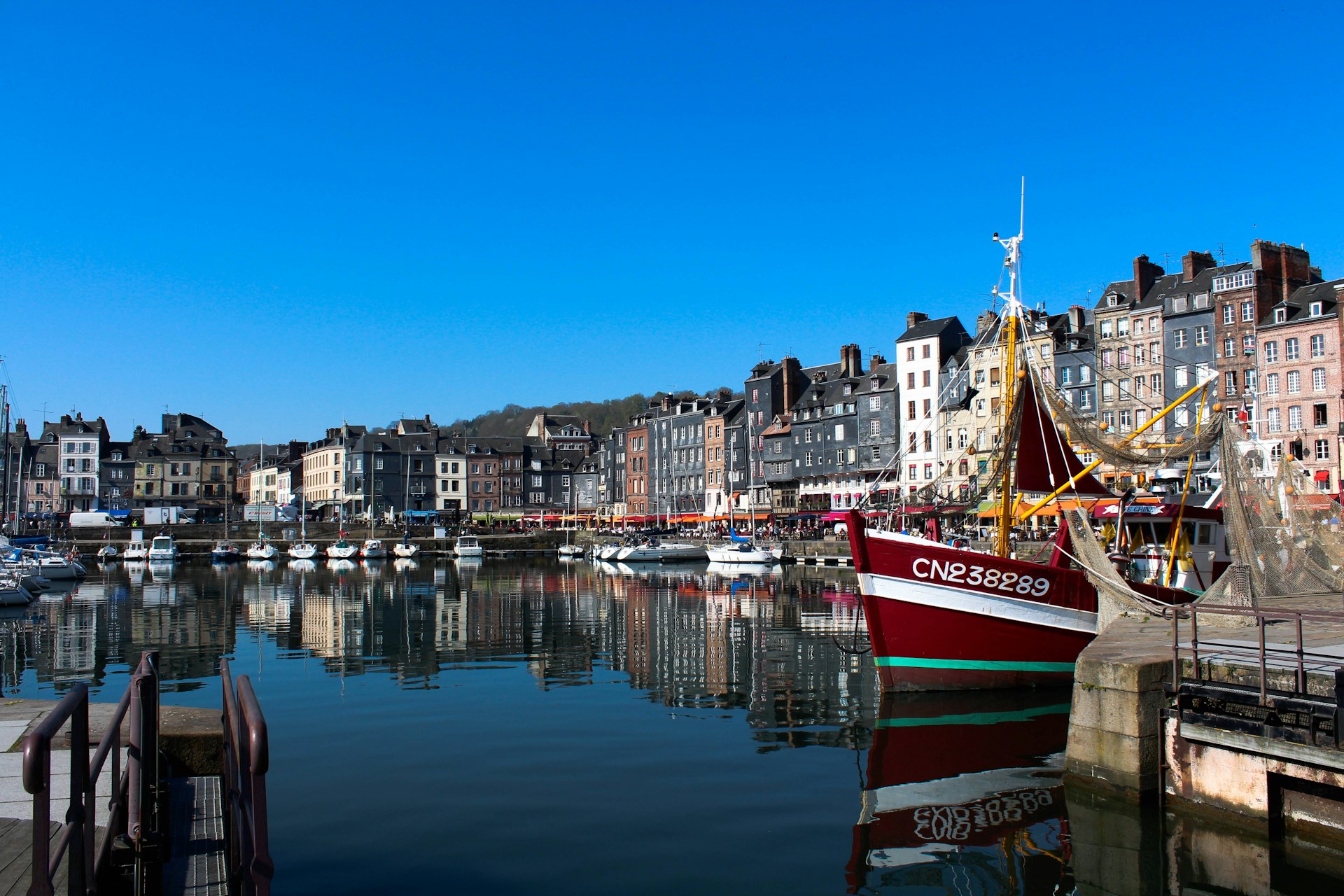
Journey Through French Architectural Marvels
France boasts 49 UNESCO World Heritage Sites. From Lyon’s Renaissance passageways to Tours’ Gothic cathedral, provincial cities preserve amazing architecture that rivals anything in Paris.
UNESCO World Heritage Sites in France
Le Havre stands as a symbol of post-war resilience. Auguste Perret rebuilt the city from 1945 to 1955, using concrete in bold new ways. UNESCO took notice in 2005.
The Millau Viaduct blew my mind. Designed by Lord Norman Foster and Michel Virlogeux, it soars 343 meters above the Tarn Valley. It’s the tallest bridge on earth.
Port de la Lune in Bordeaux is all about 18th-century elegance. The crescent-shaped waterfront hugs the Garonne River, lined with harmonious classical buildings.
Mont-Saint-Michel looks otherworldly. The abbey rises from a rocky island, connected by a causeway. Gothic spires shoot up from Romanesque foundations dating back nearly a thousand years.

Timeless Architecture in Tours and Lyon
Tours keeps its medieval spirit alive with half-timbered houses and stonework. The Cathedral of Saint-Gatien shows off Gothic style—flying buttresses, rose windows, the works.
Place Plumereau anchors Tours’ old town. Medieval buildings wrap around cobblestone squares, and restaurants fill the ground floors of 15th-century homes.
Lyon claims two UNESCO districts. Vieux Lyon is packed with Renaissance mansions and traboules—those secret passageways are fun to explore. The Presqu’île boasts 19th-century boulevards in classic style.
The Confluence district in Lyon goes modern. Jakob+MacFarlane designed a wild orange cube for shops and apartments. Jean Nouvel’s glass and steel buildings add a futuristic touch.
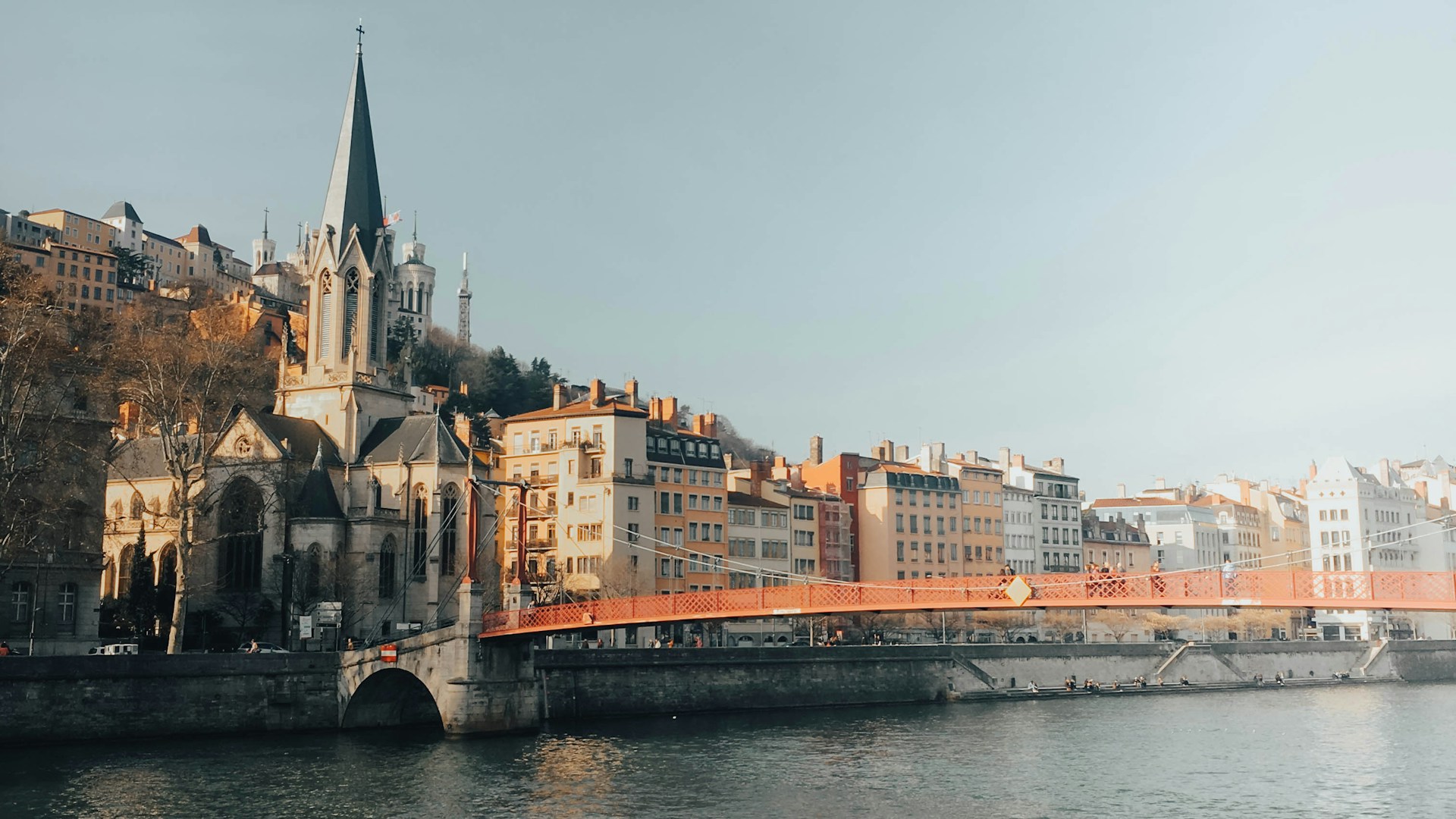
Exploring Medieval Heritage in Provincial France
Normandy is a goldmine for Romanesque architecture. Abbeys and churches here have thick walls and rounded arches. Mont-Saint-Michel is the crown jewel.
Village churches dot the landscape, each with its own tower style. Builders quarried local limestone, and many structures survived the war.
Brittany puts a Celtic spin on things. Granite dominates the scenery. The Térénez Bridge, finished in 2011, stretches 265 meters between its pillars—the longest cable-stayed bridge span in Europe.
Medieval fortresses still guard the countryside. Carcassonne’s double walls protect its heart. Château de Vincennes near Paris shows how royal castles evolved in the 14th century.
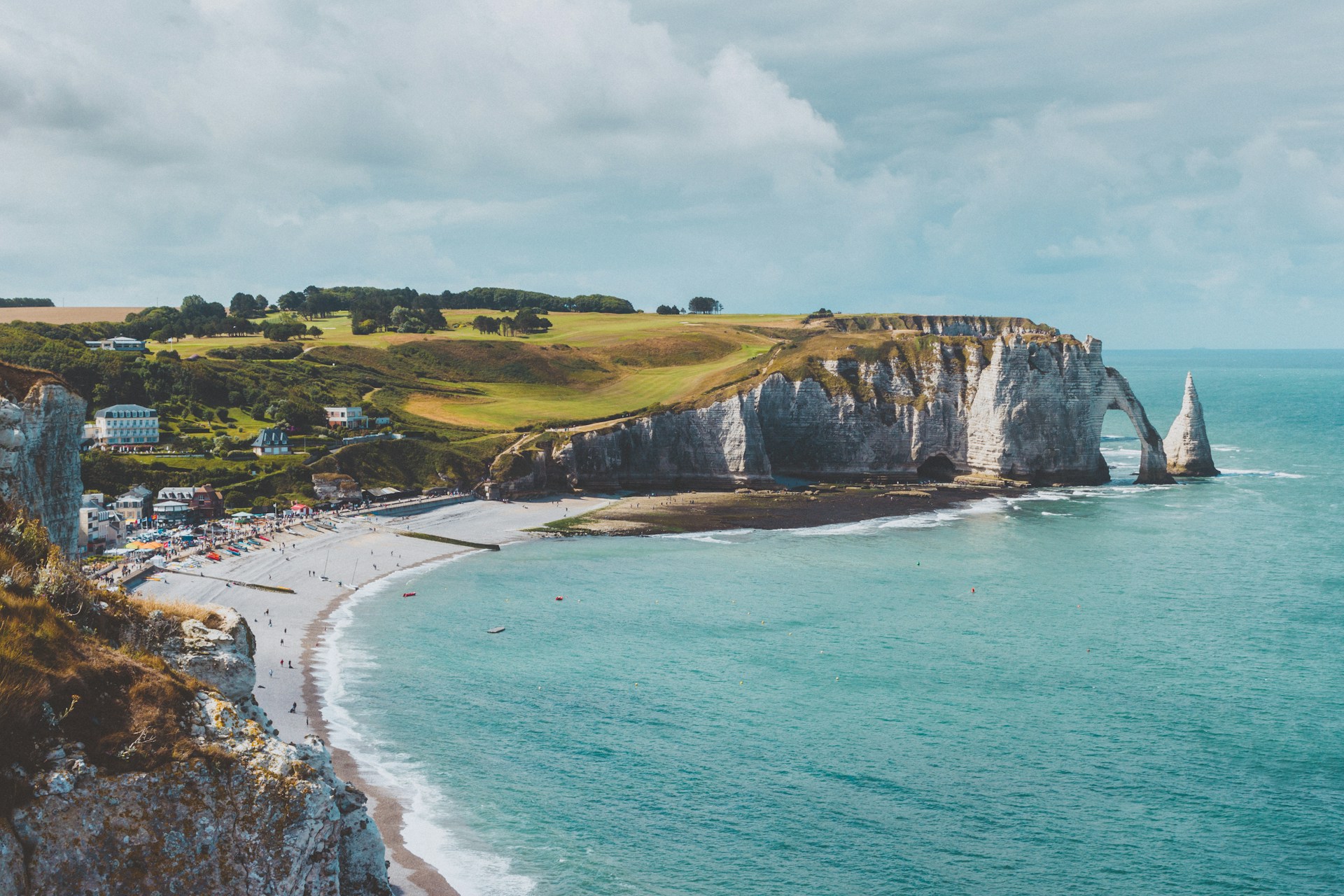
Picturesque Coasts: From Atlantic Breezes to Riviera Sunlight
France’s coastlines couldn’t be more different. The Atlantic offers wild beaches and fishing villages, while the Mediterranean shimmers with Riviera glamour—think Nice, Villefranche-sur-Mer, and endless sunshine.
Atlantic Coast Towns and Hidden Beaches
The Atlantic coast caught me off guard with its rugged beauty and laid-back vibe. I found fishing villages where locals still haul in the day’s catch.
Saint-Jean-de-Luz quickly became a favorite. This Basque town hugs the Spanish border, and every evening the harbor fills with bright boats.
Beaches here have their own personality:
- Powerful waves for surfing
- Wide sands at low tide
- Cliffs and rocky outcrops
- Cool breezes, even in August
Near Biarritz, I found secret coves after short hikes down winding trails. The reward? Quiet spots perfect for watching the sun dip into the Atlantic.
La Rochelle charmed me with its old harbor. Twin towers stand guard like ancient sentinels, and I spent hours wandering the ramparts.
Oyster farms around Arcachon serve up the freshest seafood. Locals showed me how they harvest shellfish from wooden platforms in the bay.

Discovering the Charms of Nice
Nice really feels like the perfect way to dip your toes into French Riviera life. Every morning, I wandered the Promenade des Anglais before the crowds showed up, soaking in that early sunlight.
The Old Town just bursts with Mediterranean character. Narrow, twisting streets wind between pastel facades, and local markets overflow with fresh produce and flowers.
Castle Hill delivers the best panoramic views in town. I climbed up before breakfast and snapped photos of the bay curving away toward Italy.
Nice’s beaches? They’re mostly pebbles, not sand. I’ll admit, it took me a minute to get used to that. But that sparkling blue water more than makes up for the rocky shore.
The city connects easily by train to other coastal gems. I made Nice my base and hopped over to smaller Riviera towns for day trips.
Nice highlights I loved:
- Museum of Modern Art
- Russian Orthodox Cathedral
- Cours Saleya flower market
- Seaside restaurants serving bouillabaisse
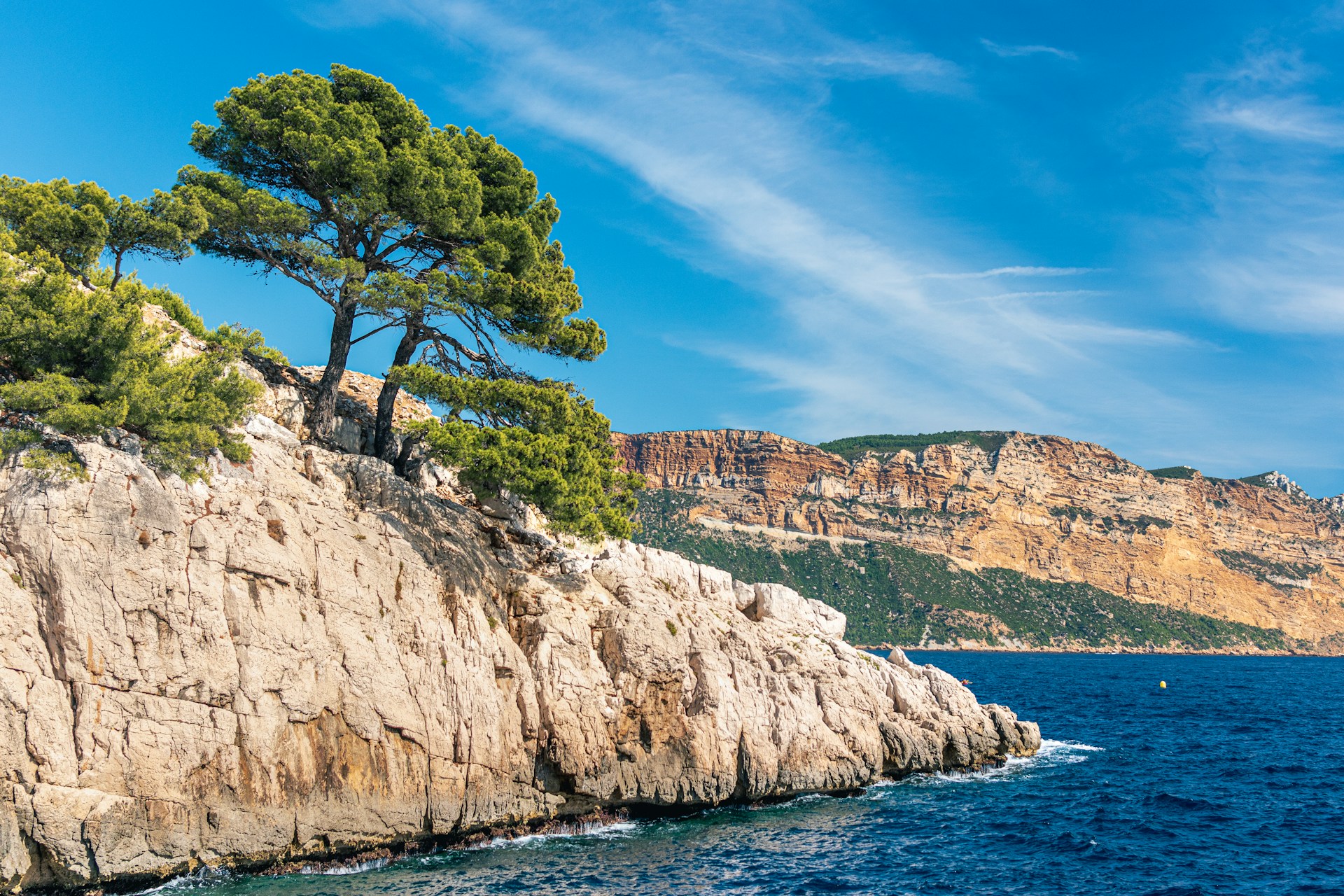
Villefranche-sur-Mer: Riviera’s Tranquil Retreat
Villefranche-sur-Mer sits quietly between Nice and Monaco, almost like a secret. I escaped the Riviera bustle here whenever I needed a breather.
The natural harbor creates calm, clear water—ideal for swimming. Sometimes I’d just watch the fish darting around my feet.
Pastel houses climb up the hillside above the port. Each building sports a different, sun-washed color, and the architecture feels centuries old.
I stumbled onto the Rue Obscure, a medieval, covered street along the harbor. Locals once sheltered here during attacks.
The town’s kilometer-long beach offers both sand and pebbles. You can reach it easily by train—no car required. The station’s right behind the beach.
Local restaurants dish up fresh seafood at prices that don’t break the bank. I ate grilled fish while fishing boats drifted home in the golden light.
Why Villefranche-sur-Mer won me over:
- Fewer crowds than Nice or Cannes
- Genuine fishing village vibe
- Easier parking than big cities
- Swimming in a protected harbor
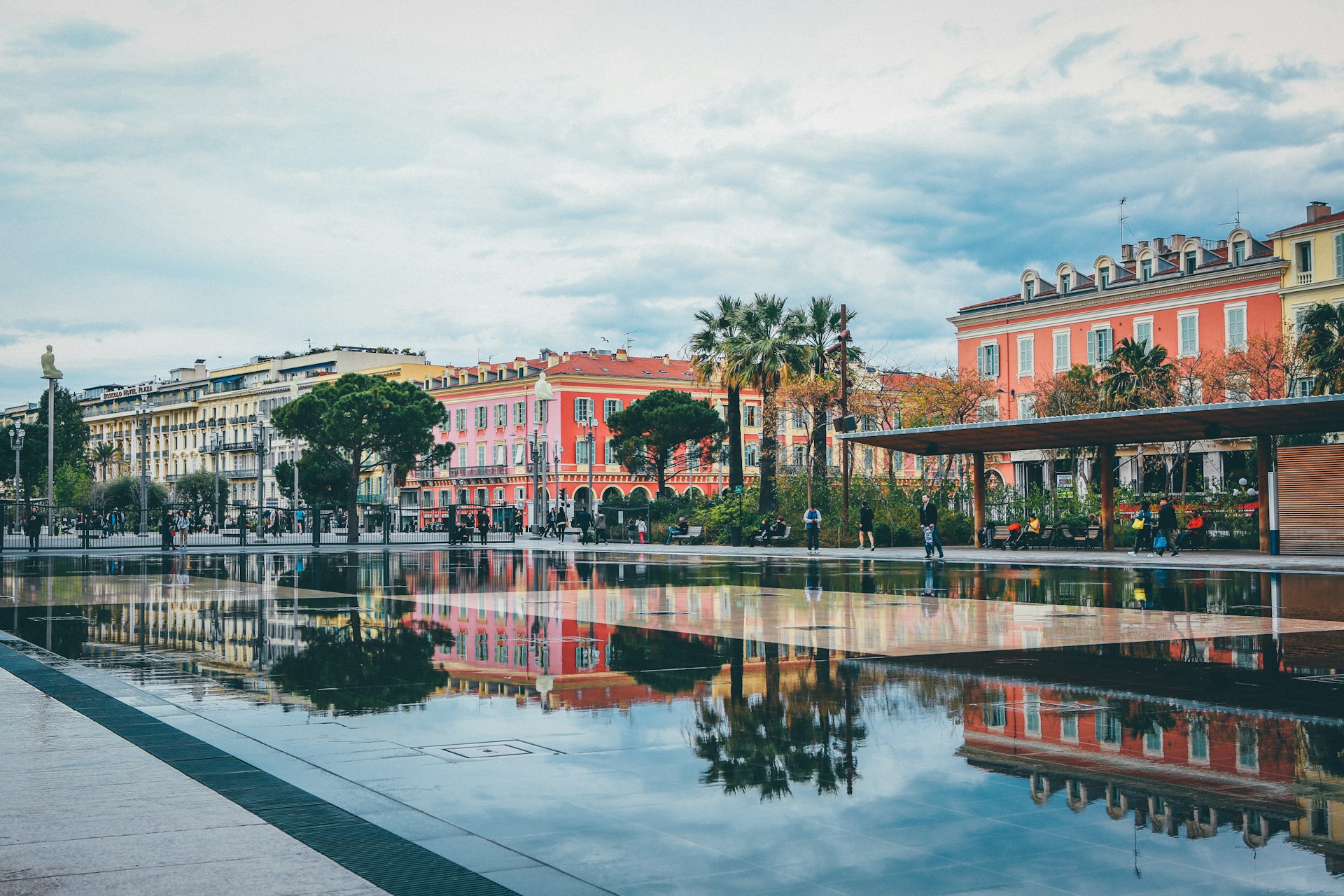
Savoring the Local Flavors and Celebrated Wines
France’s culinary heart beats loudest in its village markets, cozy bistros, and old wine cellars. Traveling here, I realized how each region puts its own spin on classic flavors, all rooted in local ingredients and tradition.
Village Markets and Rural French Cuisine
Honestly, the best French meals often start at a village market. In little Provençal towns, vendors sell sun-warmed tomatoes, fragrant herbs, and artisanal cheeses you can’t find anywhere else.
Rural French cooking? It’s all about simple, quality ingredients. I watched cooks turn market finds into rustic dishes using techniques passed down for generations.
Market treasures I found:
- Fresh goat cheese from nearby farms
- Vegetables picked that very morning
- Homemade charcuterie and pâtés
- Wild mushrooms foraged from the woods
Village restaurants change their menus with the seasons. Spring means asparagus and lamb. Summer brings tomato tarts and grilled fish. Come fall, hearty stews and root vegetables take over.
Locals taught me to shop their way. Chatting with vendors led to unexpected recipe tips and stories about their food.
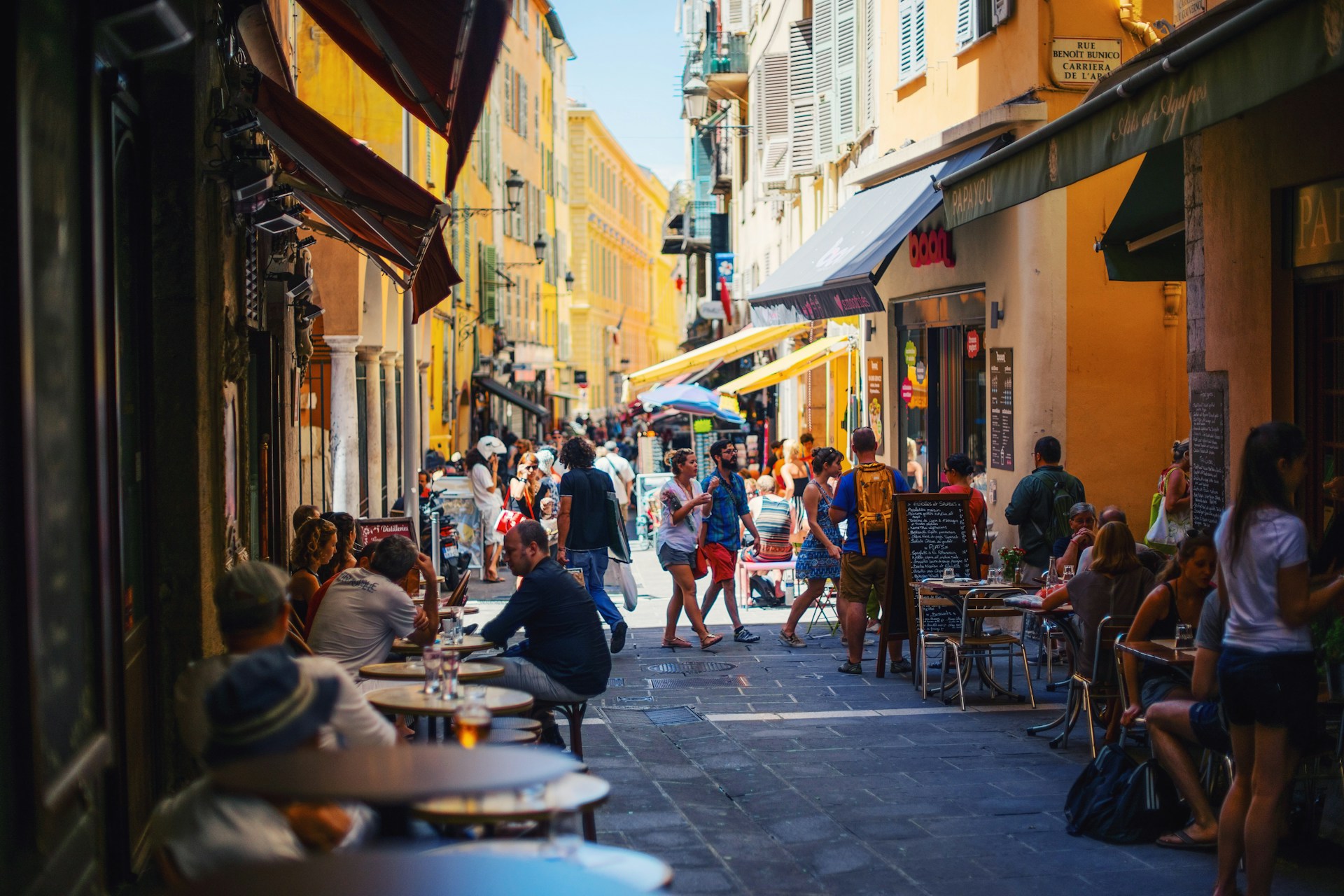
Wine Routes of Alsace and Bordeaux
Alsace really surprised me with its blend of German and French wine traditions. The region hugs the German border, and honestly, the wines taste like nowhere else in France.
I drove the Route des Vins, stopping in villages that look straight out of a storybook. Each one had its own grapes and winemaking secrets. Riesling dominates the north; Gewürztraminer pops up further south.
Bordeaux was a different world—more structured, more grand. I visited both the Left and Right Banks to get a feel for their distinct personalities.
Here’s what stood out:
| Alsace | Bordeaux |
|---|---|
| Single grape wines | Blended wines |
| Tall, slender bottles | Classic Bordeaux bottles |
| Floral, aromatic profiles | Structured, age-worthy character |
| Family-run estates | Prestigious châteaux |
Tastings in both places taught me a lot. I ditched perfume, asked questions, and listened to stories behind each bottle.
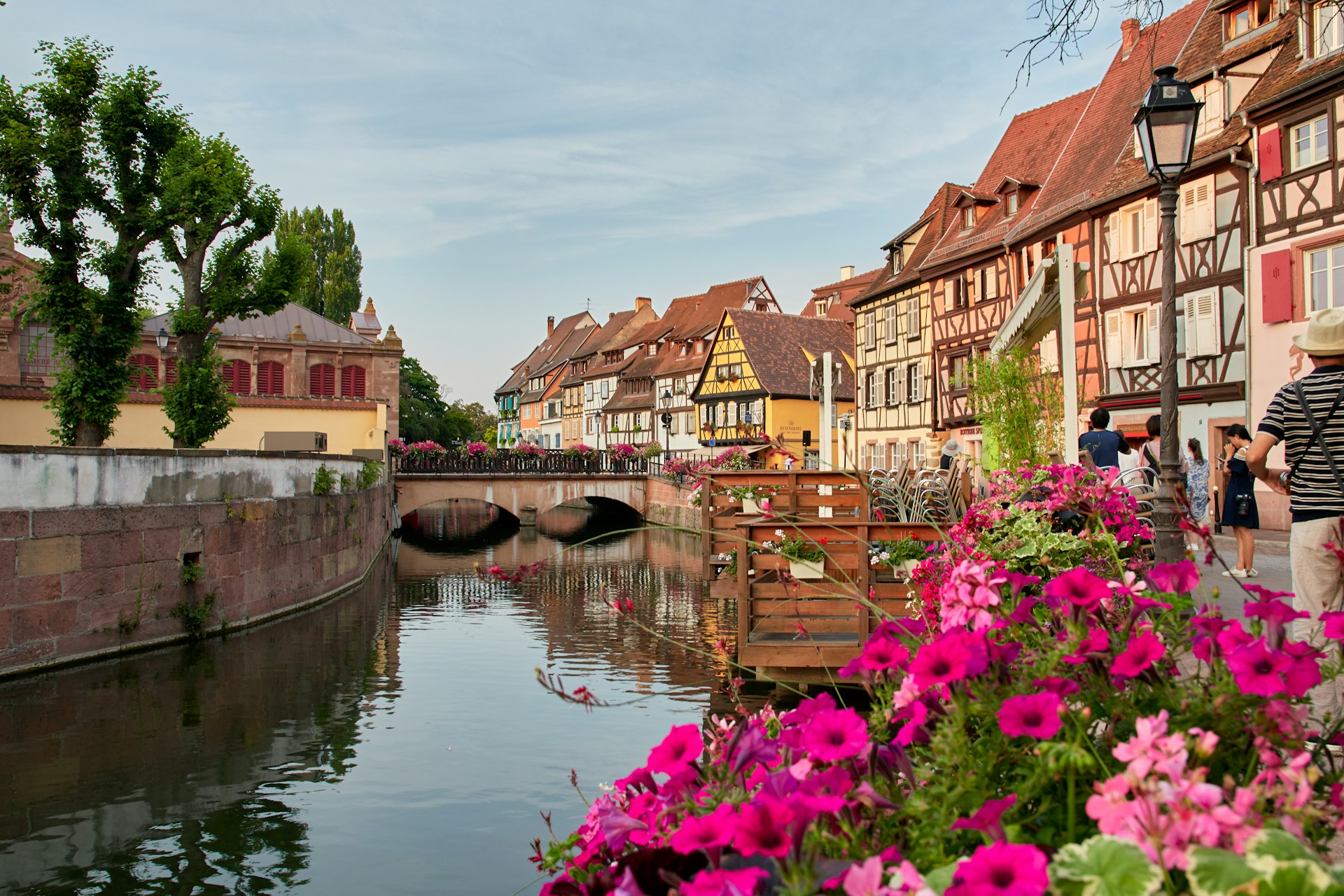
Saint-Emilion and the Art of French Winemaking
Saint-Emilion grabbed me with its medieval streets and wine-soaked history. This UNESCO village blends ancient charm with world-class winemaking.
I wandered through limestone cellars carved out centuries ago. These cool caves keep wine aging perfectly. Guides explained how monks planted the first vines here way back in the 8th century.
Winemakers here care deeply about their terroir. They showed me how limestone soils give their wines a special mineral kick. I tasted subtle differences between plots just a few meters apart.
Merlot rules the vineyards in Saint-Emilion. These wines are softer and more approachable than the bold Cabernet blends from other parts of Bordeaux. They pair beautifully with local lamb and duck.
The small family estates really impressed me. They focus on quality, not quantity, and often invite visitors for personal tastings and walks among the vines.
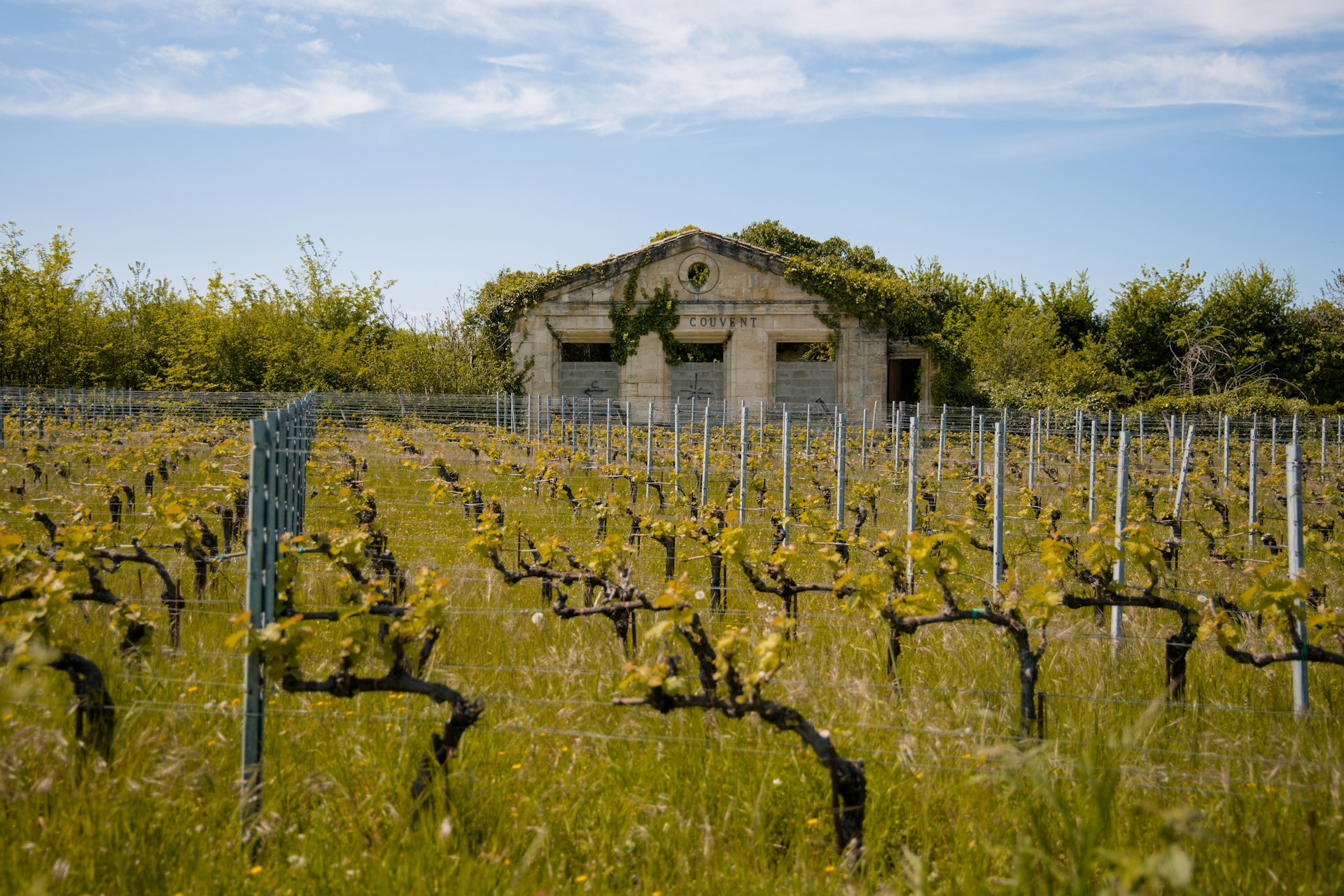
Coastal Indulgences: Saint-Tropez’s Gastronomy
Saint-Tropez might be famous for its glitz, but it hasn’t forgotten its roots. I found Provençal flavors everywhere, from simple cafés to chic restaurants.
Seafood is the star here. Morning markets show off the night’s catch, and chefs prepare it simply to let the flavors shine. Bouillabaisse is the must-try dish—no contest.
Local rosé flows freely by the sea. Turns out, Provence makes more rosé than anywhere else in France. These pale pink wines are summer in a glass, perfect with grilled fish.
Saint-Tropez specialties I couldn’t resist:
- Tarte tropézienne—a dreamy cream-filled brioche
- Grilled sea bass with herbes de Provence
- Ratatouille bursting with local veggies
- Pissaladière with anchovies and olives
Beach clubs serve up elevated classics. I slurped fresh oysters with a crisp Sancerre, watching the sun sink into the sea. It’s amazing how French cuisine adapts to its setting but never loses its soul.

Frequently Asked Questions
If you’re curious about what makes France’s regions tick, you’re not alone. There’s so much more to this country than just Paris—each corner has its own traditions, foods, and even architecture.
Regional French culture honestly feels like a patchwork. In Brittany, Celtic roots run deep—think fishermen’s festivals and ancient standing stones.
The Basque Country near Spain mixes French and Spanish influences. Locals speak both languages and linger over long, social meals.
Alsace shows its German heritage in half-timbered houses and festive Christmas markets. Menus blend French wine with German-style sauerkraut.
Provence moves at its own pace. Markets brim with tapenade and goat cheese, and cafés pour rosé all day.
I stumbled onto villages most tourists skip. Gordes and Roussillon in Provence perch on hilltops, surrounded by lavender fields.
Colmar and Eguisheim in Alsace look plucked from a fairytale, especially during their magical Christmas markets.
Sarlat in the Dordogne boasts honey-colored stone buildings and bustling truffle markets. Prehistoric cave art is just a short drive away.
Dinan and Locronan in Brittany keep their medieval character along the rugged coastline. Saint-Cirq-Lapopie sits riverside, all ancient charm and winding lanes.
Every region has its own food story. Provence leans into herbs, olive oil, and fresh veggies.
Brittany specializes in buckwheat galettes and seafood. Crêperies line the coast, serving both sweet and savory treats.
Dordogne is all about truffles, walnuts, and foie gras. Markets showcase these during harvest.
Lyon’s famous for hearty, traditional fare at its bouchons—dishes passed down for generations.
Alsace marries French and German flavors. You’ll find escargot and sauerkraut on the same table.
I lucked into a few local festivals. Brittany hosts fishermen’s celebrations, with sea chants echoing through the harbors.
Alpine villages throw autumn harvest parties, featuring local cheese, wine, and mountain music.
Provence goes all out for lavender season. Everything turns purple, and musicians fill the village squares.
Alsace’s Christmas markets are legendary—mulled wine, handmade ornaments, and German-inspired decorations everywhere.
The Loire Valley celebrates wine all season long. Winemakers open their cellars for tastings and tours.
Alpine architecture is all about surviving the mountains. Buildings use stone and wood, with steep roofs to handle heavy snow.
Mountain churches rely on granite and slate, and their bell towers become the heart of the village.
Paris, meanwhile, is grand boulevards and uniform rooftops—a legacy of 19th-century urban planning.
Mountain villages keep narrow, winding streets, with houses huddled together for warmth and shelter.
Alpine art leans into wood carving and metalwork, using whatever the mountains provide.
Honestly, I’d say renting a car is a game-changer if you want to roam the countryside. Public transportation just doesn’t cut it between those tiny villages—sometimes you’ll wait hours for a bus that never shows.
When you’re heading up into the mountains, always pack layers. The weather can flip on you in a heartbeat. One minute, you’re sweating in the valley; the next, you’re shivering at the peak.
If you’re planning to stay overnight, definitely book your accommodations ahead of time—especially during the busy season. Those adorable mountain towns might look sleepy, but hotels fill up fast and choices are limited.
Brush up on a few basic French phrases before you go. Out in the sticks, English speakers are pretty rare, and you’ll get warmer smiles if you try a little French.
Local markets are a must. Go early in the morning for the freshest finds—trust me, by noon, most stalls are packing up, especially in the smaller villages.
Oh, and don’t rely on your credit card everywhere. Some rural shops only take cash, and finding an ATM can feel like a treasure hunt in those remote mountain spots. Bring enough cash to keep things simple.

